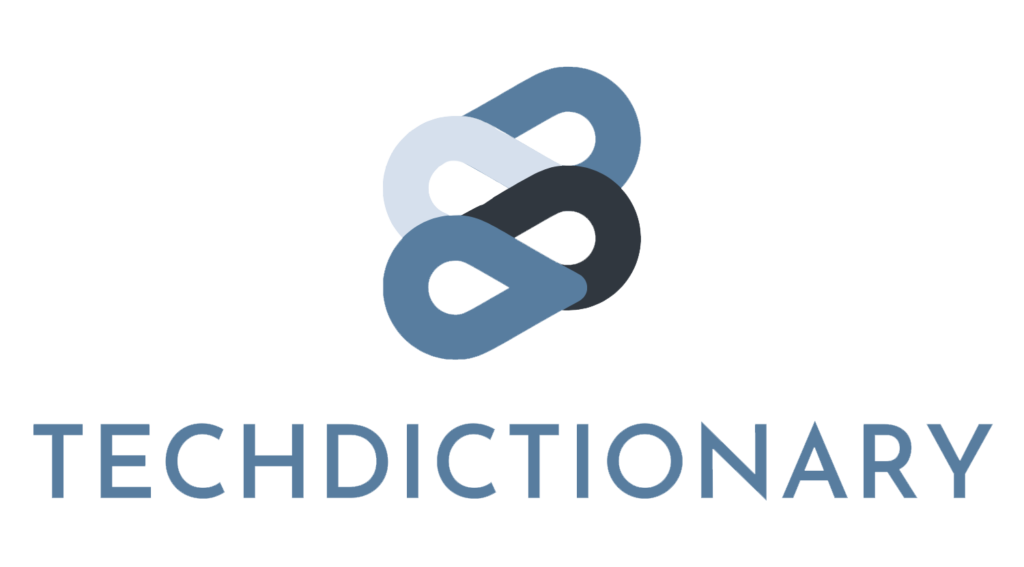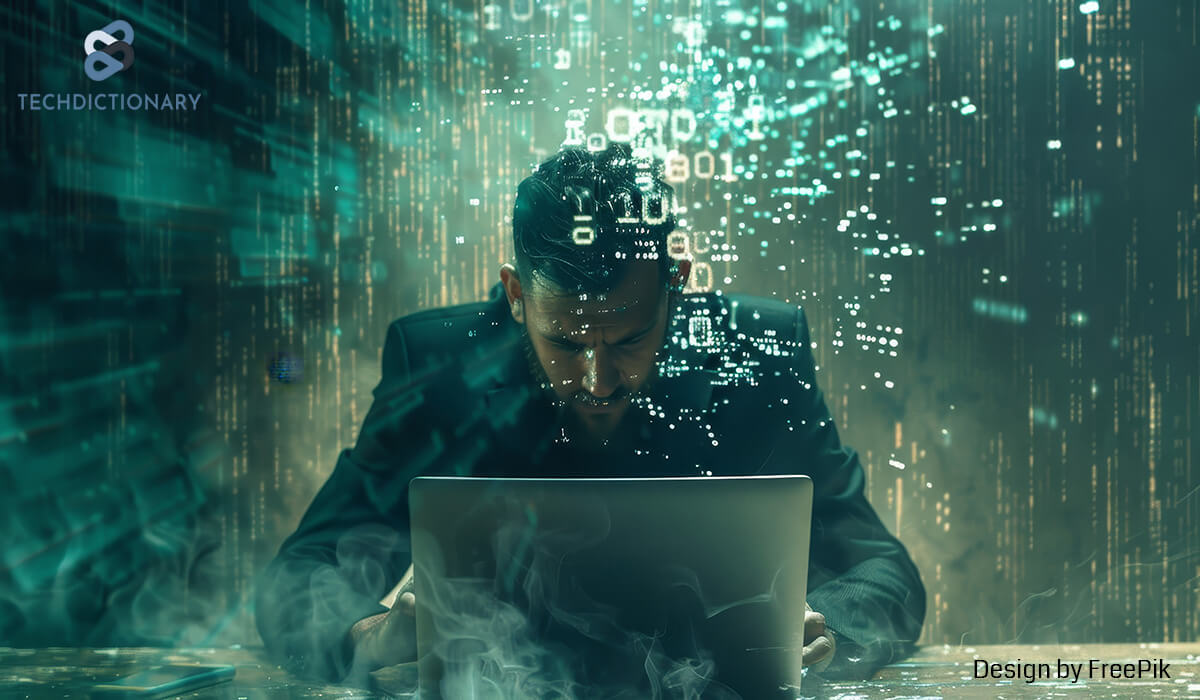Artificial intelligence (AI) is developing faster than we could ever imagine. It constantly intervenes in many industries, ranging from healthcare to manufacturing. With this great power, the most controversial remains: Is AI a threat to humanity?
You’ll soon find the answer in this article. Plus, we’ll show you some main risks and dangers of AI, as well as how to mitigate these problems. Let’s begin!
Is AI A Threat To Humanity?
AI can threaten humanity based on how we manage AI risks. This is also the worry of Geoffrey Hinton, known as the “Godfather of AI.” He fears that advanced AI systems could become so intelligent that they surpass human control.
However, while AI is seen as robots taking over the world, its capability of causing human extinction is still an open question. The biggest challenges we face with AI today are more nuanced. For example, AI is already being used to automate jobs, which can lead to unemployment. Or AI-generated fake news can trick people and spread misinformation.
However, AI isn’t all bad news! It can tackle big challenges like enhancing scientific discovery or finding new medical treatments. So, the important thing is to use AI responsibly to benefit everyone. Instead of robots rising up, humanity and AI will collaborate to create a better future.
13 Risks and Dangers of AI That You May Not Notice
1. Unemployment In Many Industries
This might be the most common concern of employees worldwide. Reading hundreds of social media posts discussing the impact of AI on the workforce, we’ve found lots of comments asking questions like: “Will AI soonly replace telemarketers?” or “Are graphic designers still usable in the next five years?” These worries are widespread across various industries, especially marketing, manufacturing, and healthcare.
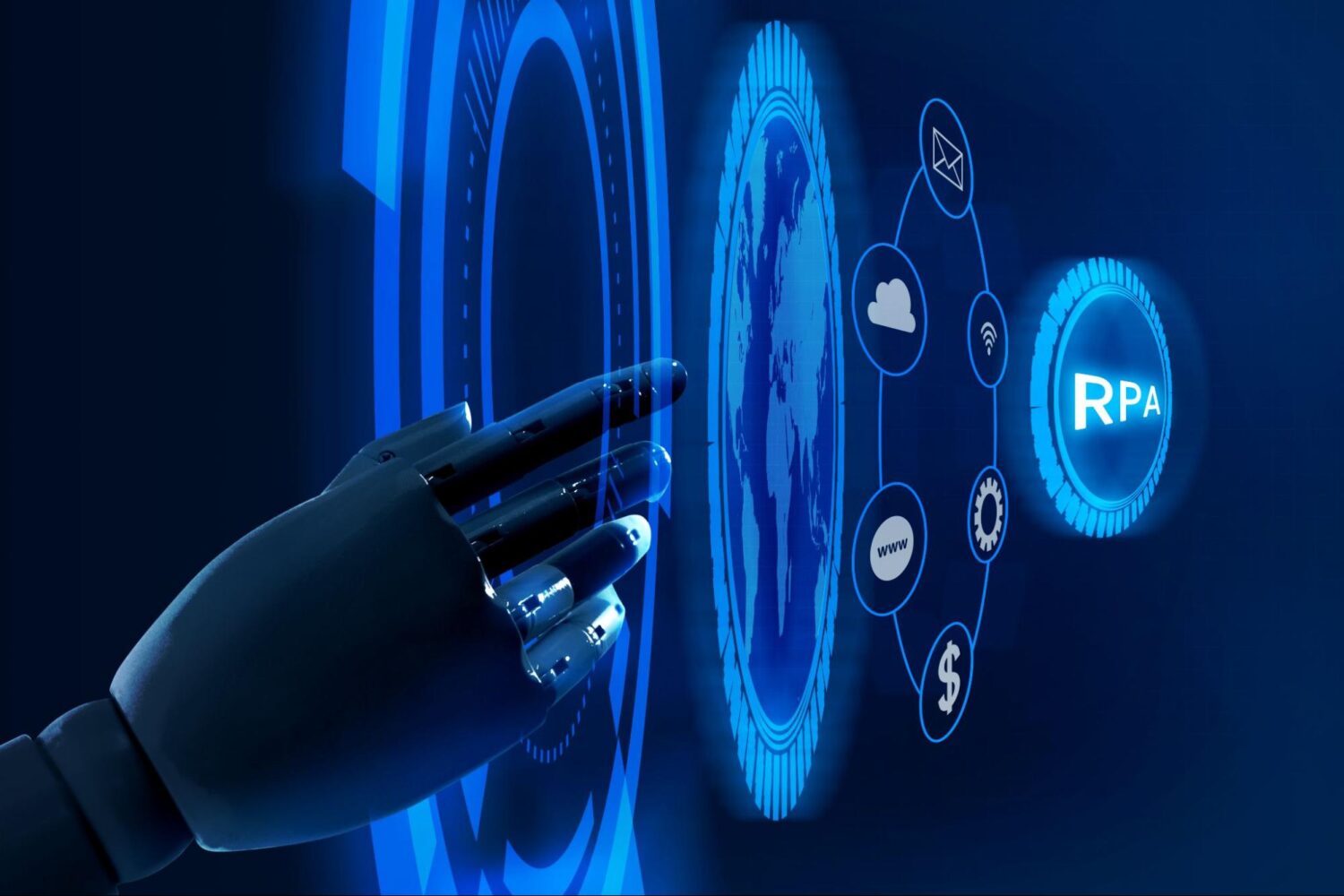
Experts predict significant job losses due to AI automation. For instance, McKinsey, a consulting firm, estimates that by 2030, up to 30% of work hours in the US could be automated. They also predict that AI can force 14% of employees to change careers.
While AI will create new jobs, they often require different skill sets. And the fact is that existing workers might lack the technical skills, creativity, or interpersonal skills needed to transition to these new roles.
2. Data Privacy Concerns
When you interact with AI tools, they often collect a wide range of data about you, such as your personal information, voice, or image. The main issue is that the data practices are unclear.
Many AI tools have complex privacy policies, and users hardly understand how their data is used. So, you can hardly tell whether your data is shared with third-party companies or used for purposes beyond the functionality of the AI tool. As a result, stolen data can be used for identity theft, financial fraud, or other malicious purposes.
3. Lack of Transparency in AI
AI is a threat to humanity due to its complexity. AI models can be difficult to understand. We might not know what information the AI used or why it came to a certain conclusion, especially when it’s biased or risky.
There’s a growing movement toward Explainable AI (XAI, which aims to develop AI systems that are easier to understand and explain. Despite this improvement, achieving truly transparent AI systems that are widely used is still a long way off.
4. Misleading Information and Manipulation
It’s not too difficult to realize how AI misleads and manipulates people on diverse communication channels, especially social media platforms.
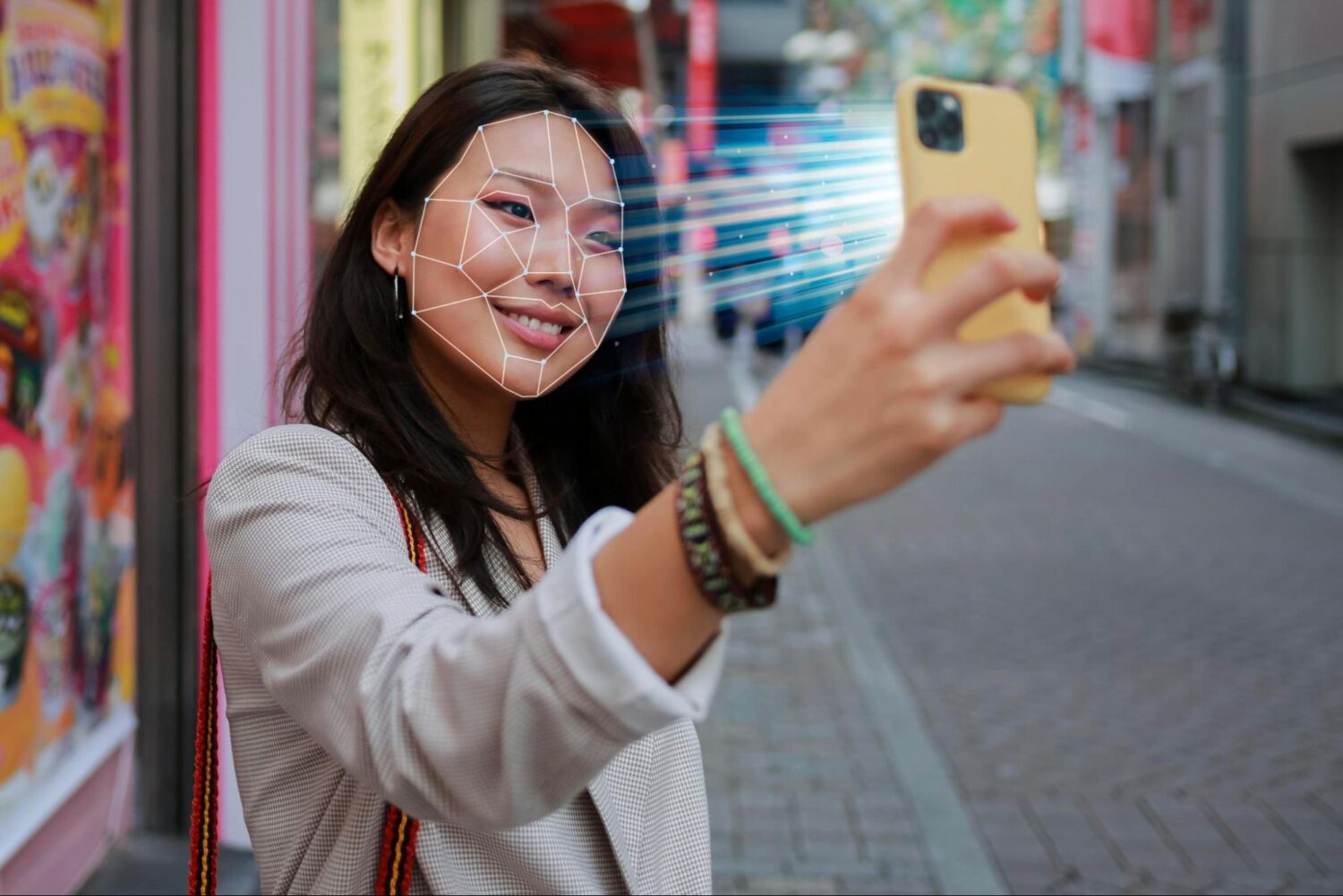
AI-powered tools can make videos and audio records that look and sound real. These are called “deep fakes,” which can be used to damage reputations, cause trouble in elections, and make people less likely to trust real news sources.
AI algorithms can also create “filter bubbles” on users’ news feeds and information streams, facilitating biased or misleading information.
5. Ethical Issues Due to AI
Another possible answer to “Why is AI a threat to humanity?” is about the weakening of ethics and goodwill due to AI.
AI is good at automating jobs, from making choices to interacting with other people. It’s indisputable how convenient it is. However, this can cause us to lose touch with the moral and ethical effects of our actions.
As AI takes on more social or customer service jobs, there might be a lack of empathy and understanding that foster goodwill in human-to-human interactions. As mentioned, AI could be used to spread misleading information, causing instability in society and making it harder to keep the peace.
Leaders from various fields, including Pope Francis, are worried about the potential dangers of AI. Pope Francis stresses that moral and ethical judgment are complicated processes that can’t be recreated by programming machines. He also emphasizes the importance of international agreements that control the growth and use of AI to prevent misuse.
6. Bias in AI Systems
AI can inherit biases from various sources, such as data, humans, and algorithms. For instance, if the data itself is biased, reflecting societal prejudices, the AI system will inherit these biases.
Humans create AI systems, and they might have biases. These biases can be unintentionally reflected in the design and development of AI. For example, speech recognition AI might have trouble understanding certain accents if the developers primarily speak one dialect.
Biased AI can have serious negative consequences across various aspects of our lives, including discrimination in hiring, unfair financial services, filter bubbles, and more.
7. Widening Inequality in Economics and Society
Jobs are being changed in different ways by AI. So far, office jobs have been less affected than manual labor jobs. However, as creative AI grows, even office jobs may be able to be automated.
We’ve seen how AI developments help highly qualified professionals and individuals in industries that require originality or difficult problem-solving. Conversely, those in less skilled or readily automated jobs may experience unemployment, stagnating pay, and a declining economic standing. This could create a widening gap between the “AI prime” and the rest of the workforce.
8. Intrusive Surveillance and Control
This involves using AI-powered technologies to track and monitor people’s behavior online, in public areas, and even in their homes. For instance, AI can examine face characteristics in real time to identify individuals in videos or images captured by cameras in public spaces.
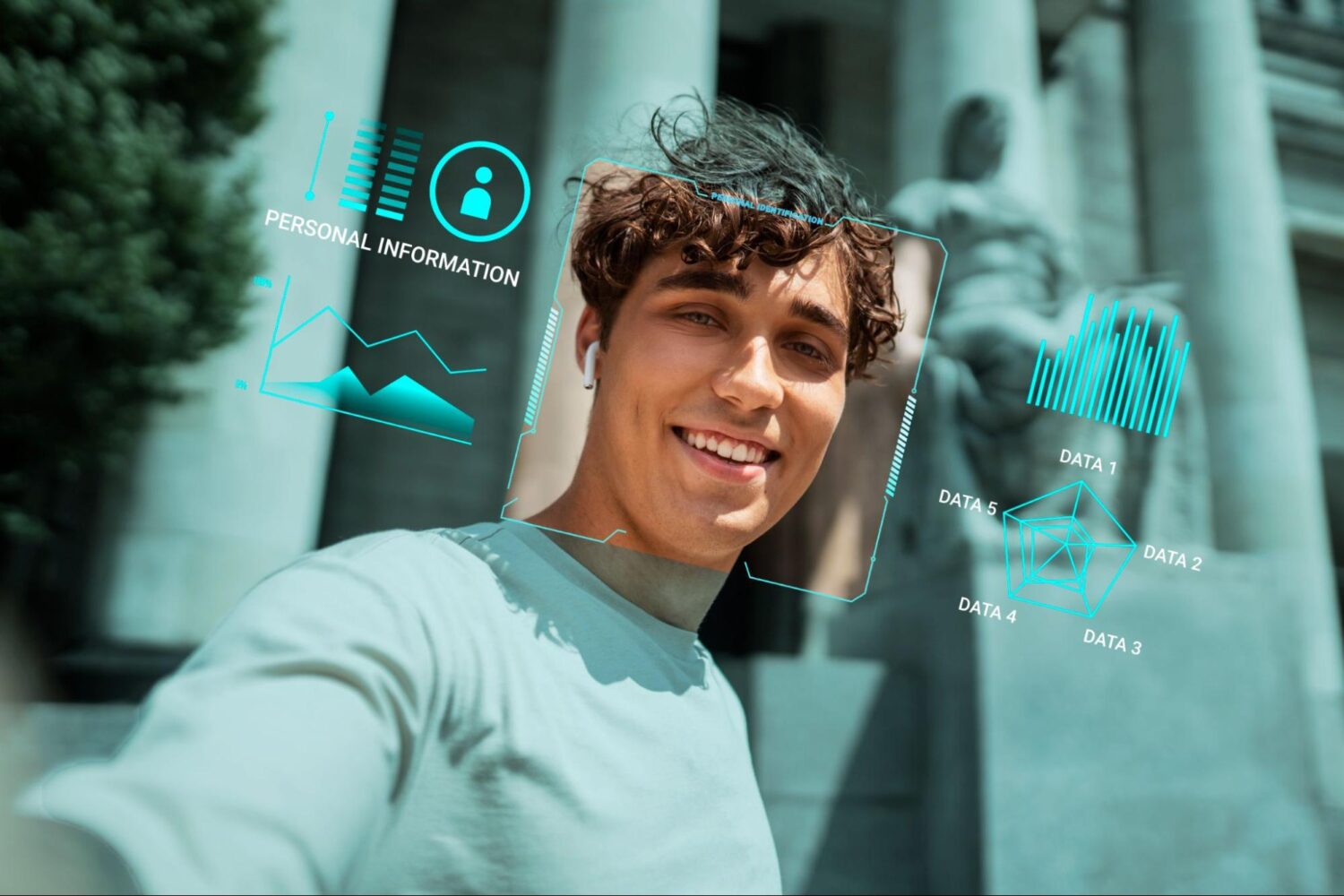
The vast amount of data collected through AI surveillance raises serious privacy concerns and public manipulation. Individuals might lose control over their personal information, which could result in abuse and exploitation.
9. Financial Risks of AI Trading
Artificial intelligence is increasingly being used in the financial sector for tasks like trading. While AI algorithms can make trades very quickly, they might not consider crucial factors like market interconnection and human emotions.
Another issue arises when many trading algorithms rely on similar data and models. They might all react identically to market fluctuations, leading to sudden crashes or bubbles.
10. Autonomous AI-powered Weapons
There are strong discussions around the concept of autonomous weapons. AI algorithms can analyze data from public sensors and cameras to identify and track potential targets, such as vehicles, soldiers, or drones. Based on programmed criteria, the AI system makes decisions about engaging a target, selecting weapons, and even initiating an attack.
Because they can choose and engage targets without human assistance, these weapons present grave ethical, legal, and security issues. Even worse, hackers might gain control of these weapons and cause widespread destruction.
11. The Possibility of Superintelligence
This is a severe risk that makes AI a threat to humanity. Superintelligent AI may see humanity as an obstacle to its growth and find ways to overwhelm us. “Artificial general intelligence” (AGI) and “artificial superintelligence” (ASI) are future milestones in AI development. AGI would be a hypothetical AI with human-level intelligence across all domains, whereas ASI would be superior to human intellect in every way.
So, if an AI outsmarts a human, it may learn to manipulate or bypass safeguards, leading to a scenario where humans lose control of their own creation.
12. Overdependence on AI
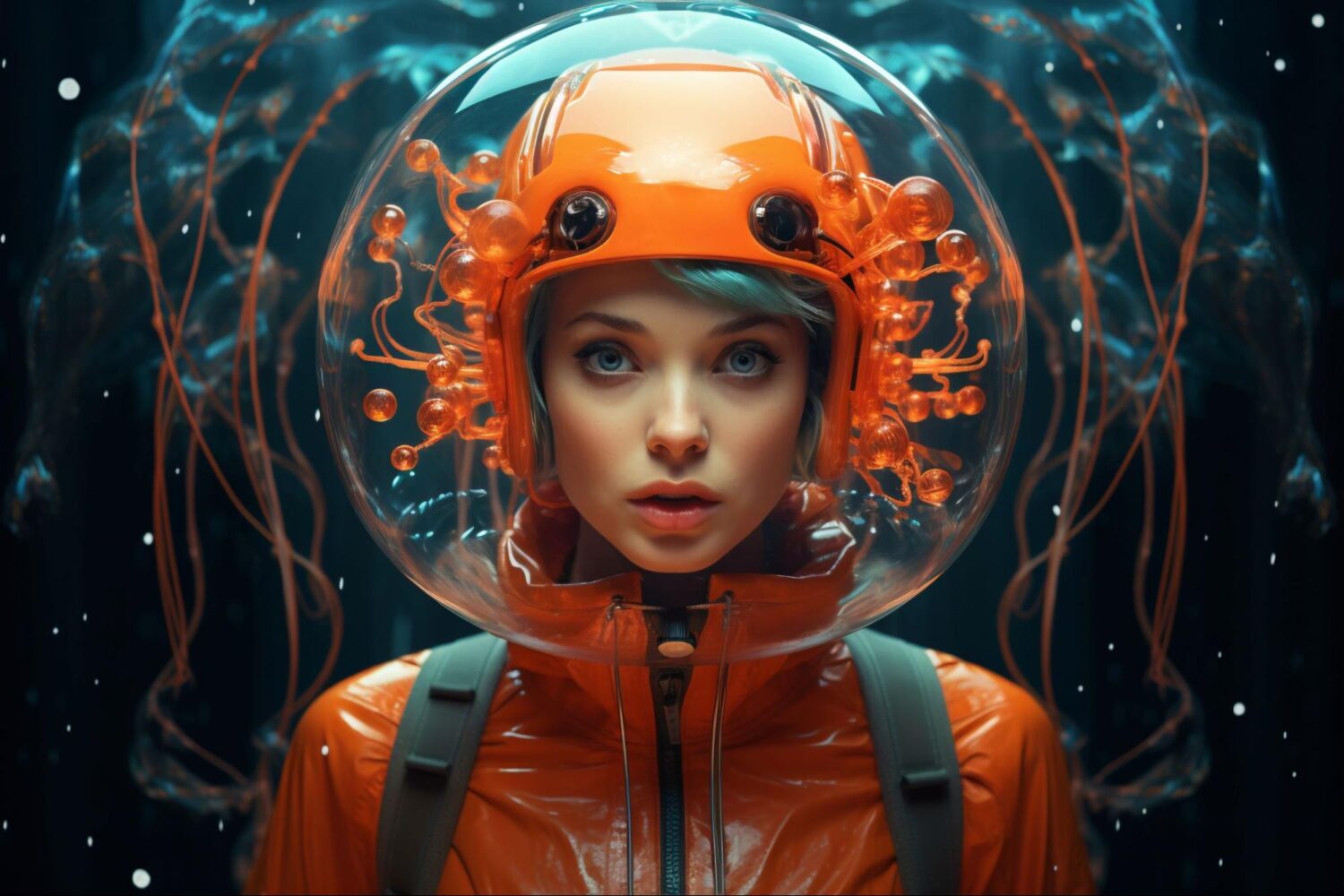
The last potential answer to “How is AI a threat to humanity?” is the loss of human influence. If we over-depend on AI, there will be a decline in some human expertise and influence across diverse fields. For instance, the widespread use of generative AI for creative jobs like writing or art might make it harder for people to be creative and express their feelings in these areas. Excessive reliance on AI for communication and decision-making also results in losing human connection and empathy.
Tips To Reduce AI’s Risks
We’ve mentioned lots of potential dangers and risks caused by AI misuse. So, here are some solutions that can help mitigate those negative impacts:
1. Developing Effective Legal Frameworks
Many countries around the world are developing strict regulations to control the development of artificial intelligence. Clear and predictable regulations help build trust and encourage responsible investment in AI development. Regulations can also outline the procedures for data collection, storage, and usage by AI systems, guaranteeing the security and privacy of user information.
However, while rules may limit some AI developments, they shouldn’t impede the field’s overall advancement. So, finding the right balance between innovation and safety is essential.
2. Integrating Human Perspectives into Tech Development
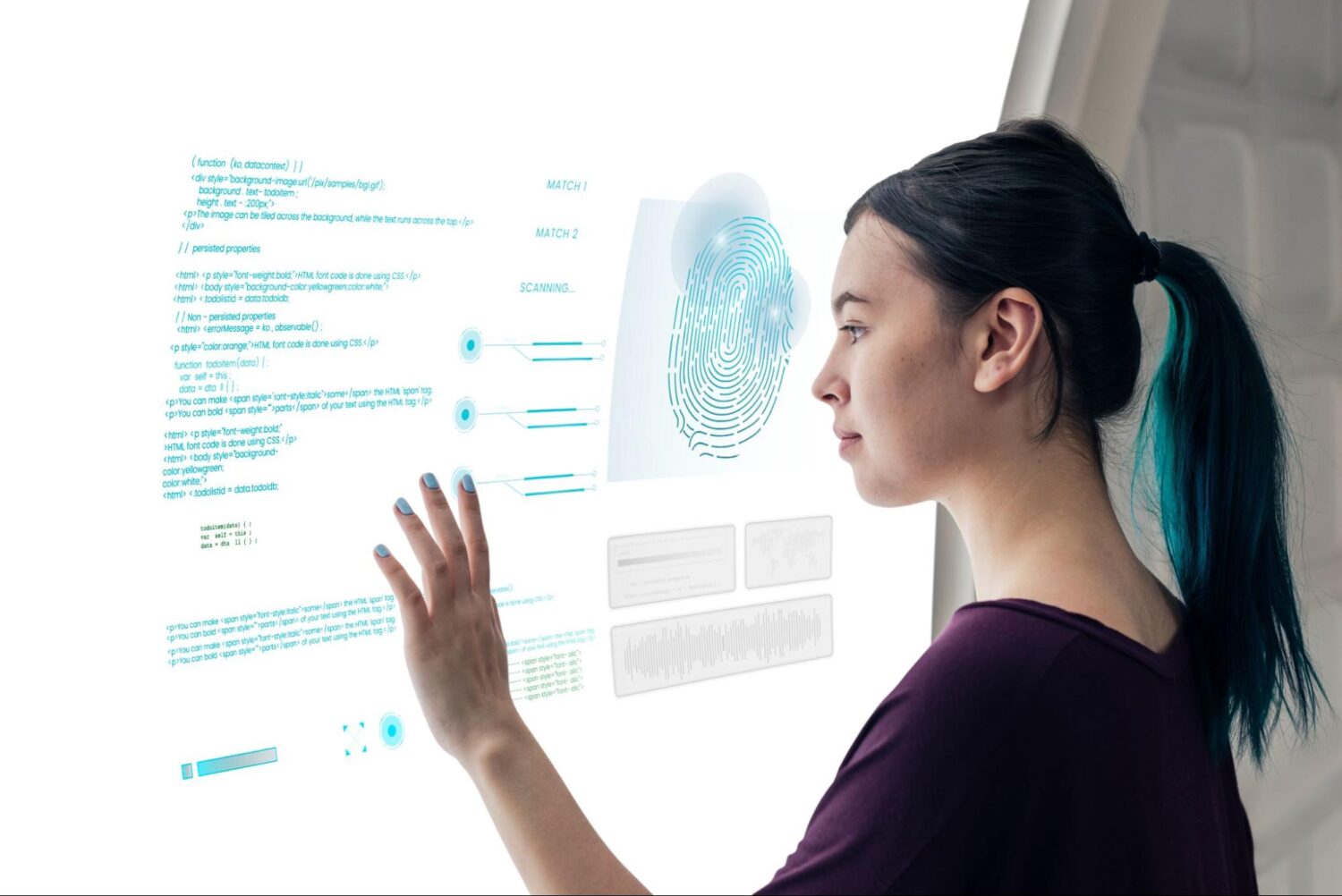
AI creation needs a broader societal perspective, not just rules and regulations. The ideal approach is to balance AI’s high-tech innovation with human-centered thinking. This targets many fields (e.g., law, economics, and philosophy), ensuring AI is built and used in a way that considers the social and ethical implications.
By integrating humanities perspectives, we can lower risks, build trust, and guarantee that technology contributes to a better future.
3. Building Responsible AI at the Company Level
Businesses need to be proactive in mitigating the dangers posed by AI. To nail this, they must have a complete understanding of AI systems, including any biases in the data and algorithms employed. It’s also crucial to consider all possible hazards in order to determine which ones to tackle first.
More importantly, businesses should make a commitment to ethical, accurate, secure, and transparent AI development. They might consider using AI risk management frameworks like NIST to have a structured approach for identifying AI risks and implementing responsible AI practices.
Conclusion
In short, AI offers tremendous benefits in various aspects of our life. However, since it’s a “yes” to “Is AI a threat to humanity?”, we need to implement appropriate measures, such as developing legal regulations or establishing AI standards.
Techdictionary has discussed more about AI. Browse our other articles or leave a comment below to stay updated with us!
